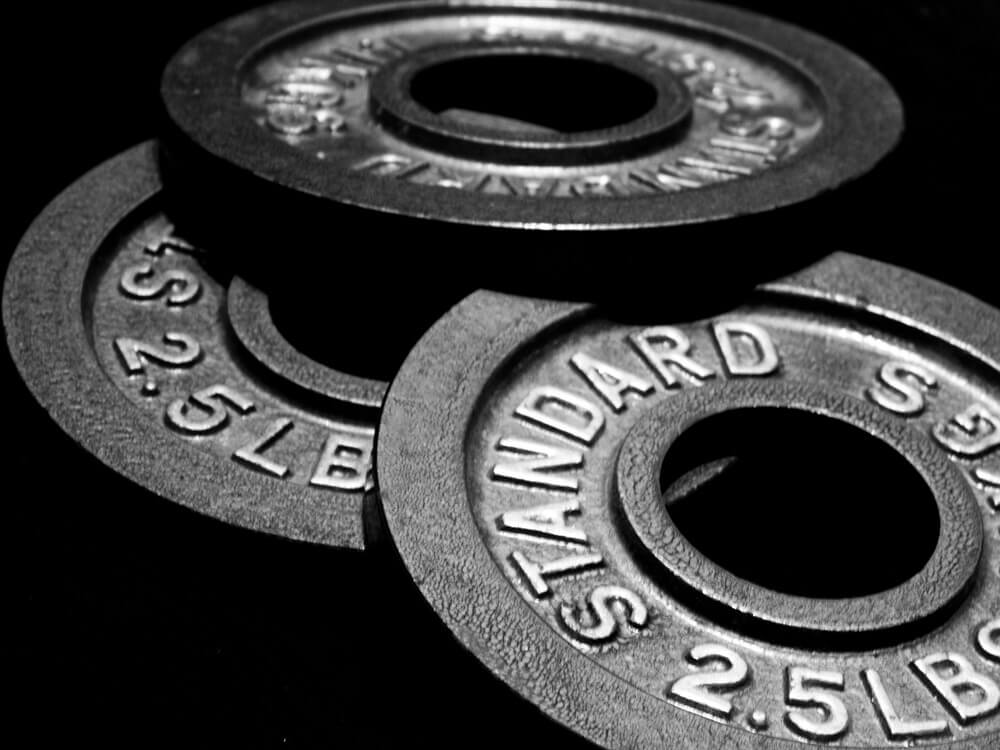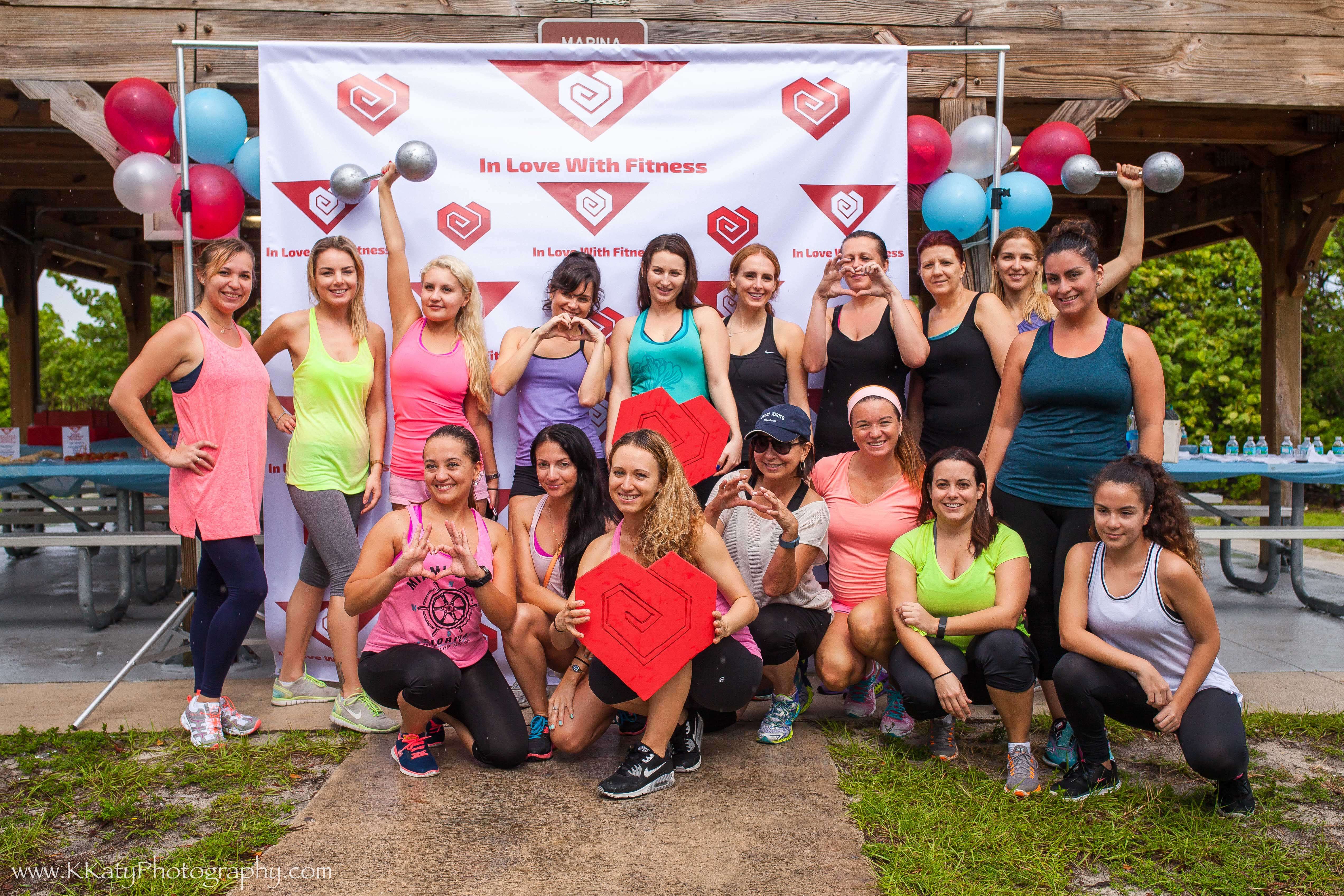
No matter how much has been said and written about importance of weight training, the majority of women are still afraid of using any equipment heavier than 15-20 lbs because, according to their theory, they will bulk up…immediately! My dear ladies are in such fear of looking like bodybuilder contestants that it takes quite a few convincing arguments to reverse their opinion.
So let’s dig into the science and find out what’s really happening to women’s body during weight training.
What does it take for a woman to achieve a highly muscular figure?
Put it simple – this doesn’t happen by accident! In order to develop a sculpted physique, women follow specially designed training routine consisted of at least 5-6 workouts a week, carefully calculated meal plan, proper supplementation, and a very different from an average person lifestyle. They spend months and often years to achieve that form you happened to see on a gym poster or on Instagram. The majority of these girls are professional competitors or fitness models that dedicate most of their time to training and preparation, for many of them – it’s a career choice. So please put your fears aside! 2-3 weight workouts a week won’t turn you into Arnold.
What exactly makes your muscle grow?
Muscle growth, or hypertrophy, can be defined as an increase in the size of existing muscle fibers, increase in the number of muscle fibers, or both.
This process involves three major factors:
1. Consistent resistance training for prolonged period of time. In other words, muscle gain is an adaptation to a stress that our body undergoes during an intense resistance workout. Such workout may incorporate bodyweight exercises (ex. push ups, pull ups), exercises with free weights, machines, and even sprints. And don’t forget that your training method is crucial for the results you are trying to achieve! General recommendation for a muscle gain training used by bodybuilders is to have 5-6 split workouts a week, perform 4+ different exercises per muscle group, do 3-4 sets of 8-12 repetitions with 70-80% of your maximum resistance.
2. Nutritional intake. The basic principle is simple – we should eat more calories than we spend to enable the muscle growth. It takes about 2800 calories to build a pound of muscle. Oh boy…this is more than you eat during the whole day! Please note that calorie number isn’t the only thing you should be counting on when it comes to hypertrophy. A muscle gain occurs only when muscle protein synthesis exceeds its breakdown. Therefore a general recommendation for a muscle mass increase is to consume 1.2-1.7 grams of protein per kilogram of body weight per day, or 0.5 to 0.8 grams per pound of body weight1. While the ability to gain a lean muscle mass on a calorie restricted diet is possible amongst really overweight people, workout newbies and some athletes, this growth has quite limited potential.
3. Hormonal Status. In response to a stress caused by resistance training, our endocrine system releases the hormones (ex. testosterone, growth hormone, insulin-like growth factor) that promote a repair and growth of muscle tissues2. Now I’ll need your full attention, ladies! Women has 10-20 times lower levels of testosterone (hormone responsible for developing muscle bulk) than men do3. Therefore the majority of females don’t experience the muscular growth as much as males. Again, this is a general rule that like any other rule has exceptions on both sides of the spectrum. Our genetics play a big role in how we respond to different types of training but a balance can always be achieved with the right approach!
The three factors mentioned above are largely responsible for a muscular appearance of your body, which some of us may appreciate and some may find not so desirable. But let me repeat myself again – IT IS NOT EASY FOR WOMEN TO BECOME “BULKY”! IT TAKES A LOT OF HARD WORK ON A DAILY BASIS, DEDICATION AND SACRIFICES.
Resistance training does NOT necessarily lead to muscle hypertrophy at its extreme form the way you see it in bodybuilding contestants. In fact, training focused on muscle growth isn’t the only way to use weights in your workouts especially if you are a newbie. At the beginning of your fitness journey you should start with general fitness (or conditioning) to prepare your body for more advanced and effective workouts in the future. During this phase your training will be concentrated on building a strong core, balance and mobility. Then you’ll learn to perform five primary movements: bend-end-lift, lunges, pushing, pulling and rotational movements. Once you’ve mastered your form, you’ll move on to more advanced types of resistance training which depend on your fitness condition at the moment and your goals. You may incorporate circuit training; focus on developing muscular strength, muscle growth or even performance training.
Now you see, that it’s all about the right approach for the goal you have. Extremes exist in every method but it doesn’t mean that the method is bad… Look into the rational side of everything even it’s not that obvious.
References:
- https://www.acsm.org/docs/default-source/brochures/protein-intake-for-optimal-muscle-maintenance.pdf?sfvrsn=4
- Schoenfeld, B.J. 2010. The mechanisms of muscle hypertrophy and their application to resistance training. Journal of Strength and Conditioning Research, 24 (10)
- Kraemer, W., Fleck, S. and Deschenes, M. (2012). Exercise Physiology: Integrating Theory and Application. Philadelphia, Pa.: Lippincott, Williams and Wilkins



